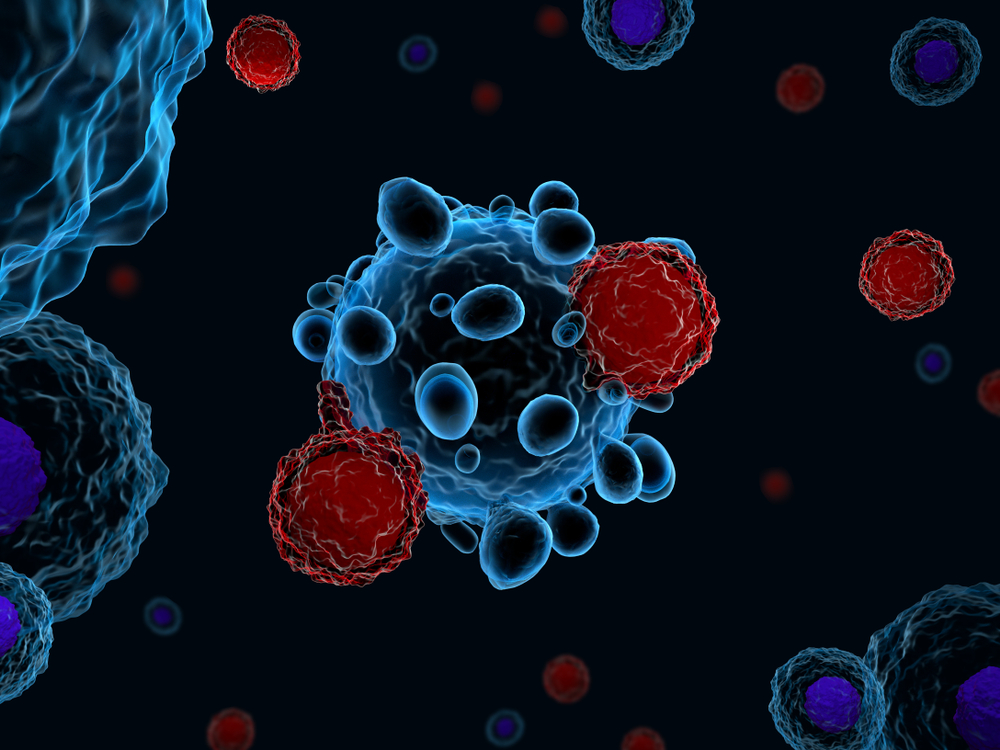The Cold Agglutinin Test and How It Works

One of the tests that can help diagnose cold agglutinin disease (CAD) is a cold agglutinin test or cold agglutinin titer.
How does the cold agglutinin test work?
An increase in antibodies called cold agglutinins causes CAD. These are antibodies that bind to red blood cells in cold temperatures, causing them to clump together. The immune system then targets the clumped cells for destruction. Most people have very low levels of cold agglutinins, but infections can sometimes cause levels to rise. Some people develop CAD as an autoimmune disease, though the reasons for this are not clear.
The cold agglutinin test measures the levels of cold agglutinins in a patient’s blood. The clinician takes a blood sample from the patient and separates it into several vials. Each portion of the sample is then diluted to a different level, and cooled overnight to determine at what dilution the patient’s blood clots.
How do I prepare for a cold agglutinin test?
You don’t need any special preparation for a cold agglutinin test. Your doctor will arrange for you to give a small blood sample at your local clinic or hospital.
Test results are generally available as a titer — the dilution at which clumping occurred. They appear as 1:64, for example. The larger the second number, the more cold agglutinins are present. A titer value greater than 1:512 is usually found in patients with CAD, with rare cases reportedly having a value as low as 1:64.
When the test results become available, your doctor will discuss them with you as well as any treatments you may need.
What are the risks?
Every medical procedure has some risks. However, the risks of giving blood for a test are generally very small. You might feel dizzy or lightheaded during a blood draw, and there is a small risk of bleeding and infection at the needle injection site.
Last updated: July 10, 2020
***
Cold Agglutinin Disease News is strictly a news and information website about the disease. It does not provide medical advice, diagnosis, or treatment. This content is not intended to be a substitute for professional medical advice, diagnosis, or treatment. Always seek the advice of your physician or other qualified health provider with any questions you may have regarding a medical condition. Never disregard professional medical advice or delay in seeking it because of something you have read on this website.






